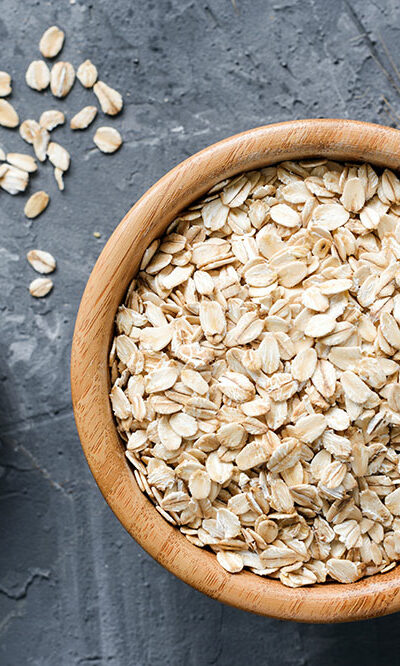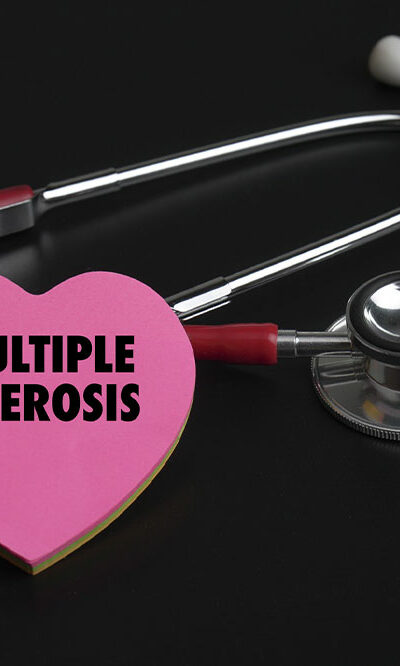
Management Remedies for Rheumatoid Arthritis
Rheumatoid arthritis is an autoimmune disease that can impact synovial joints and other organs like the eyes, lungs, and heart. The joints in the hands and feet are the most commonly impacted, although they can also affect the knees, hips, and shoulder joints. A meal plan cannot cure it, but appropriate dietary changes can help reduce the inflammation that causes damage to the body. Here’s all you need to know about managing rheumatoid arthritis. Here are a few things you should know about managing rheumatoid arthritis: Seven things to avoid to manage rheumatoid arthritis Along with proper treatment, you should also avoid certain foods to manage rheumatoid arthritis: Red meat Red meat contains high levels of saturated fat that can exacerbate inflammation and lead to obesity. Sugar and refined flour Your blood sugar levels can surge when you consume too many carbohydrates and refined flour. However, you can try gluten-free alternatives because a spike in blood glucose levels can worsen many of your arthritis symptoms. Fatty foods full of omega-6 fatty acids Trans fats can increase the risk of insulin resistance and obesity, a primary risk factor for arthritis. It can increase bad cholesterol in the body and is also responsible for lowering good cholesterol. So, avoid the consumption of unsaturated fatty acids, which are found in packaged food items, margarine, vegetable oils, etc. Corn oil Corn oil contains high quantities of omega-6 fatty acids. So when you plan to consume more omega-3 fatty acids, having an excess of corn oil will cause a high omega-6 to omega-3 ratio. This will increase arthritis pain and may even lead to limb dysfunction. So, maintaining a balance between the two types of fatty acids is critical to lowering inflammation and ache. Preservatives As a flavor enhancer, MSG is added to many food items.










